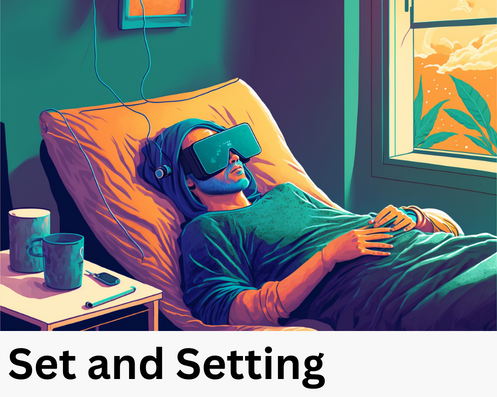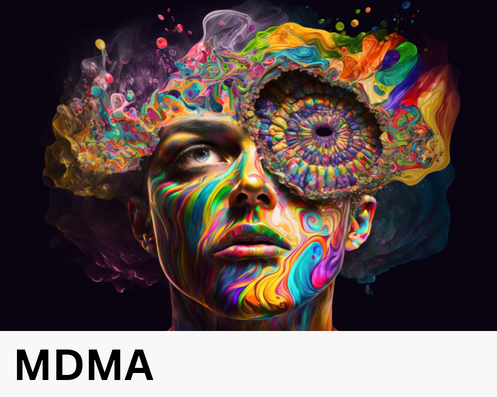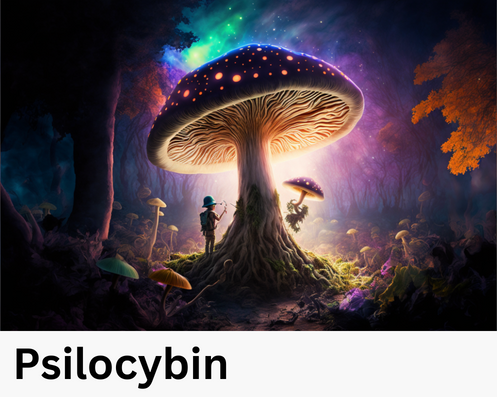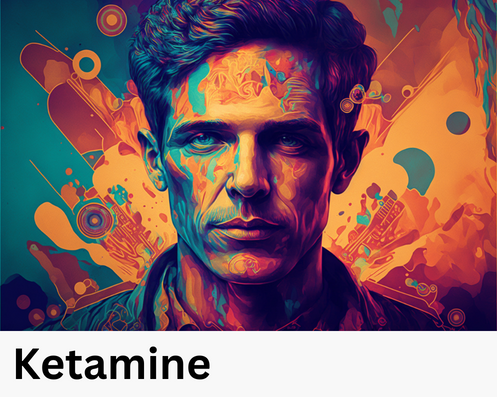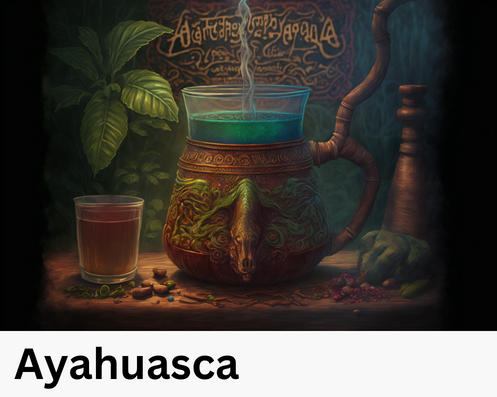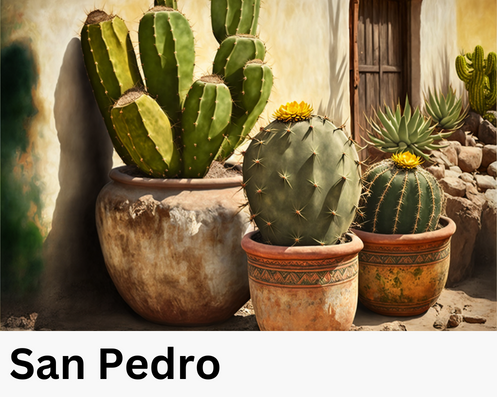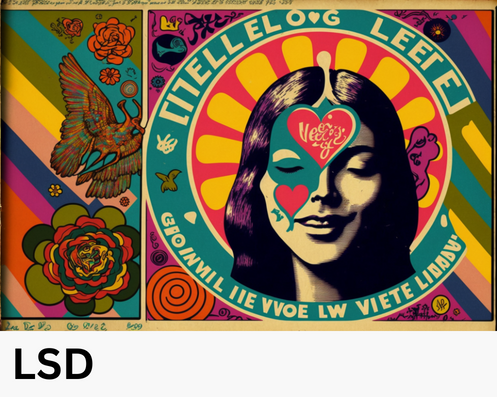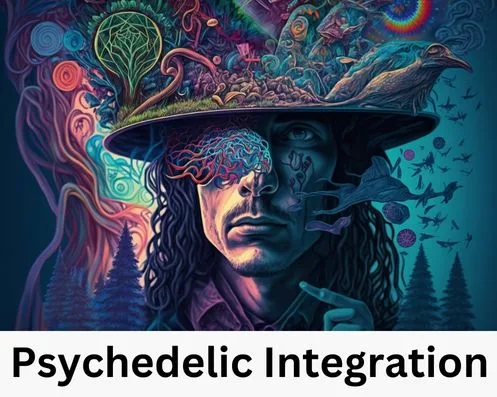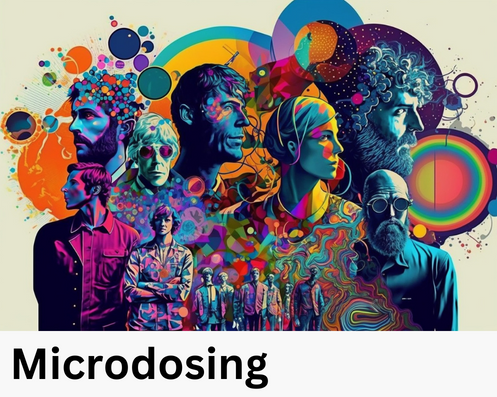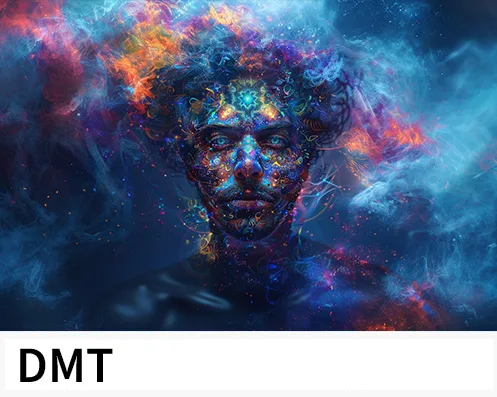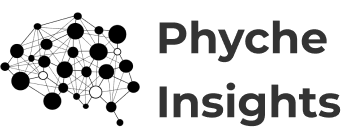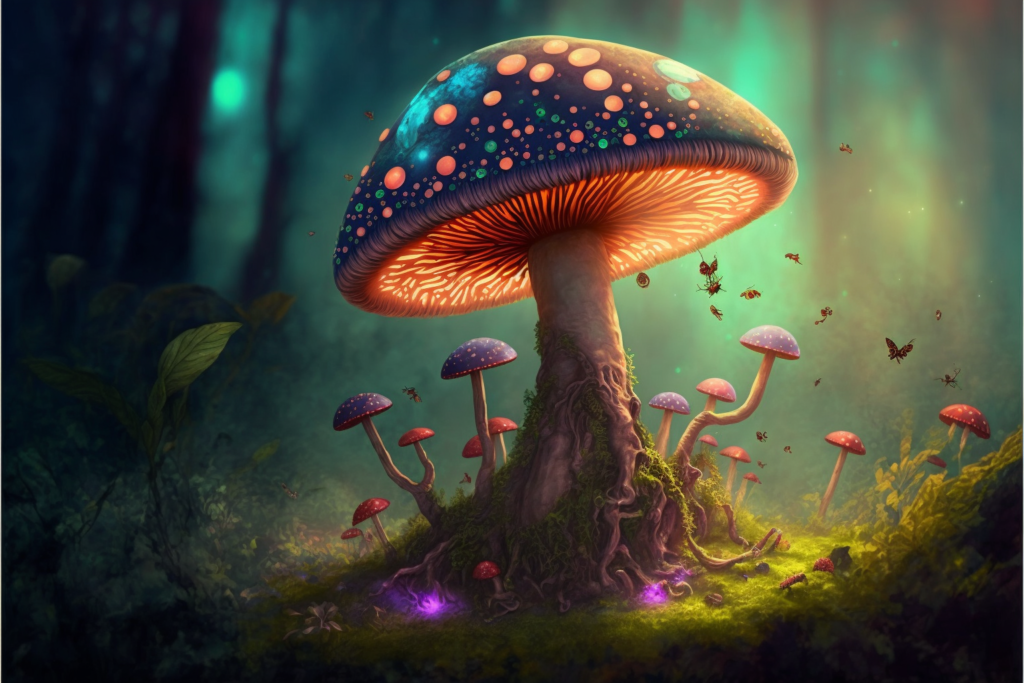
Overview
Psilocybin is a psychedelic compound naturally derived from mushrooms that can bring about insight, self-realization, and overcoming psychological barriers. This healing drug is also known as mushrooms, magic mushrooms, or shrooms. A growing body of evidence supports the use of professionally guided Psilocybin experiences for anxiety, depression, PTSD, grief related to end stage cancer, migraines, and even smoking cessation.1 Western scholars have cataloged the use of hallucinogenic fungi for spiritual and transcendental uses from 16th century Mesoamerica2 , however, use of these healing compounds by indigenous people beyond the Western/Colonial gaze likely dates back at least one thousand years.
“Mushrooms have taught me the interconnectedness of all life-forms and the molecular matrix that we share. I no longer feel that I am in this envelope of a human life called Paul Stamets. I am part of the stream of molecules that are flowing through nature. I am given a voice, given consciousness for a time, but I feel that I am part of this continuum of stardust into which I am born and to which I will return at the end of this life.”
Paul Stamets, Mycologist
History
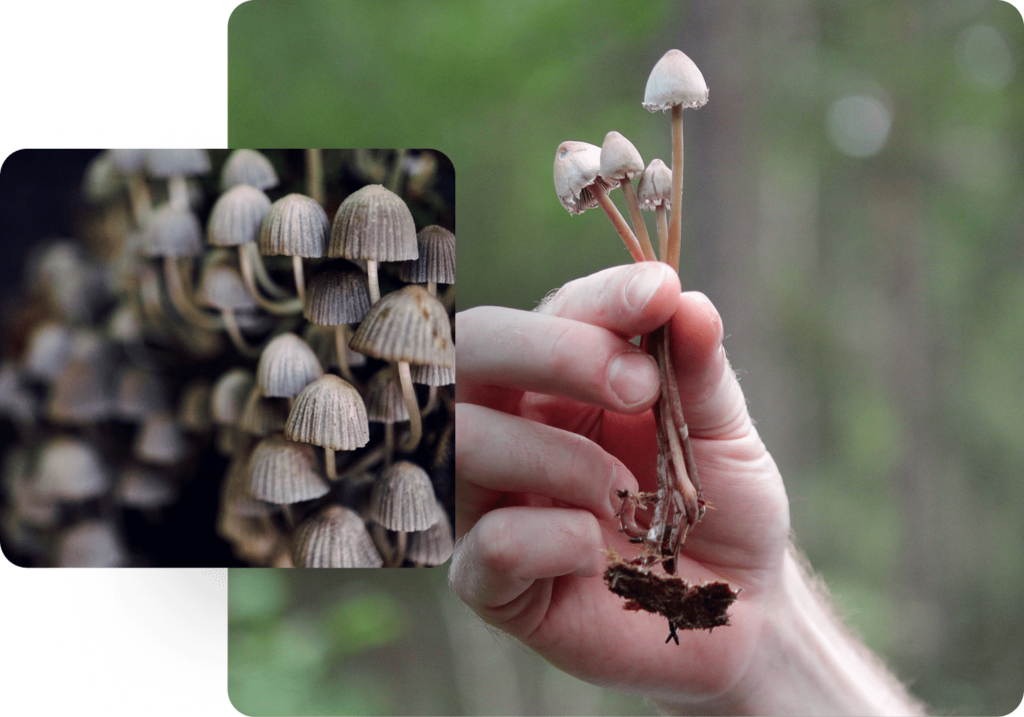
The psilocybin mushroom first captured the Western Imagination in the 1950s. American banker Robert Gordon Wasson was inspired to learn mycology, the study of mushrooms, by his wife Valentina Pavlovna. Valentina brought a love of mushrooms and foraging practices from her native Russia. Starting in 1953, Wasson made several trips to the Sierra Mazateca region of Oaxaca, Mexico. In 1955, in the town of Huaulta de Jiminez, Wasson and photographer Allen Richardson participated in a mushroom ritual with the Oaxacan Curandera (meaning “one who guides”) Maria Sabina.3 Wasson wrote about the experience in a Life Magazine Article “Seeking the Magic Mushroom”:
"The mushrooms were of a species with hallucinogenic powers; that is, they cause the eater to see visions. We chewed and swallowed these acrid mushrooms, saw visions, and emerged from the experience awestruck… [We] were the first white men in recorded history to eat the divine mushrooms, which for centuries have been a secret of certain Indian peoples."4
R. Gordon Wasson
Soon thereafter, Wasson shared the mushrooms with scientists and researchers, which brought forth an explosion of curiosity for psychedelics to the western imagination.5
Swiss chemist Albert Hofmann, also known as the man who discovered LSD, was the first to chemically isolate the psychoactive compound Psilocybin from the Central American mushroom Psilocybe mexicana. From his lab at Sandoz Pharmaceuticals, he produced Psilocybin pills to be distributed for research purposes, and extensive scientific studies of the drug soon began.6

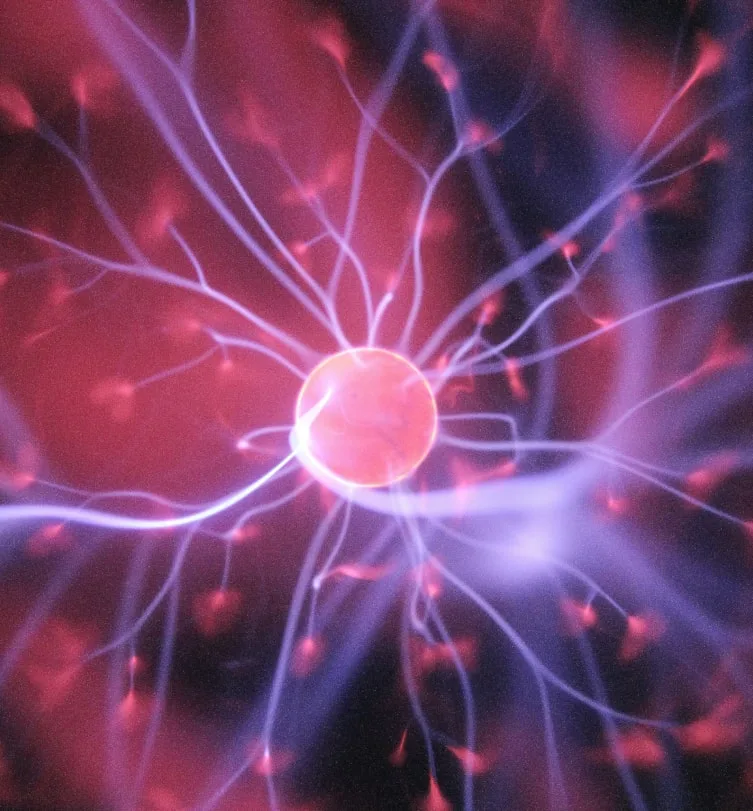
After Wasson published Maria Sabina’s identity and location, many 1960s celebrities were rumored to have visited her for mushroom ceremonies, including Keith Richards, John Lennon, and Bob Dylan.7 This unwanted attention from hordes of Westerners descending upon the isolated village of Huaulta de Jiminez caught the attention of police, and Maria Sabina later said that she regretted ever initiating Wasson to the mushroom ceremony. From 1967 – 1977, Mexican Federales patrolled the roads leading into Huaulta de Jiminez to block the entry of undesirable North American and European hippies, and life slowly returned to normal. Huaulta de Jiminez remained a quiet rural village until the time of Maria Sabina’s death in 1985.
Chemistry
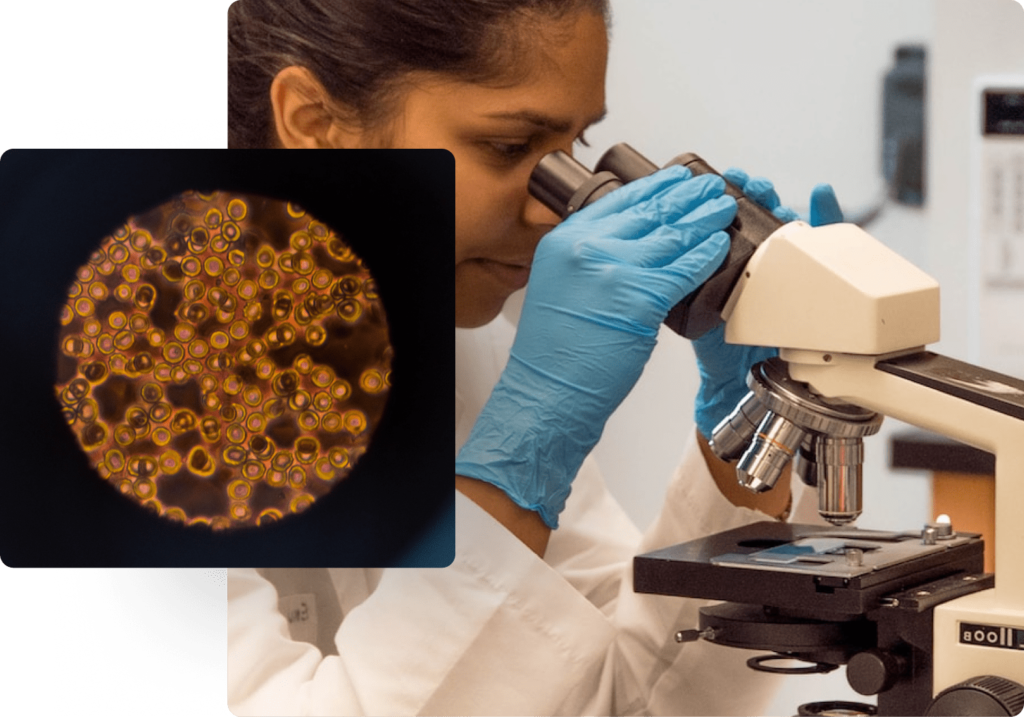
There are nearly 200 species of Psilocybin mushrooms growing in Mexico, Canada, The United States, Asia, Africa, and Australia.8 The most common varietal is Cubensis, followed by Mexicana, Liberty Bell, and Flying Saucer. Psychoactive Psilocybin can be ingested from the mushroom in whole plant form, or as a synthetic derivative.
Psilocybin is rapidly metabolized to psilocin, which is a potent serotonin receptor agonist directly correlated with human hallucinogenic activity.9 Altogether, four metabolites of Psilocybin have been identified:
- 4-hydroxy-N,N-dimethyltrypt-amine (Psilocin)
- 4-hydroxyindole-3-yl-acetaldehyde (4H1A)
- 4-hydroxyindole-3-yl-acetic-acid (41-IIAA)
- 4-hydroxytryptophol (41-IT)
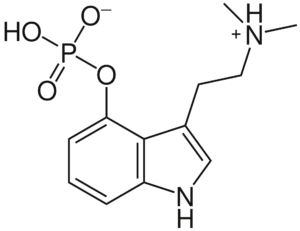
Psilocybin is taken by mouth. Isotope studies demonstrate that once ingested, psilocybin becomes readily and uniformly distributed throughout the entire body. After being swallowed orally, it is absorbed through the gut, and can be detected in the blood within 30 minutes.10
Dosage &
Effects
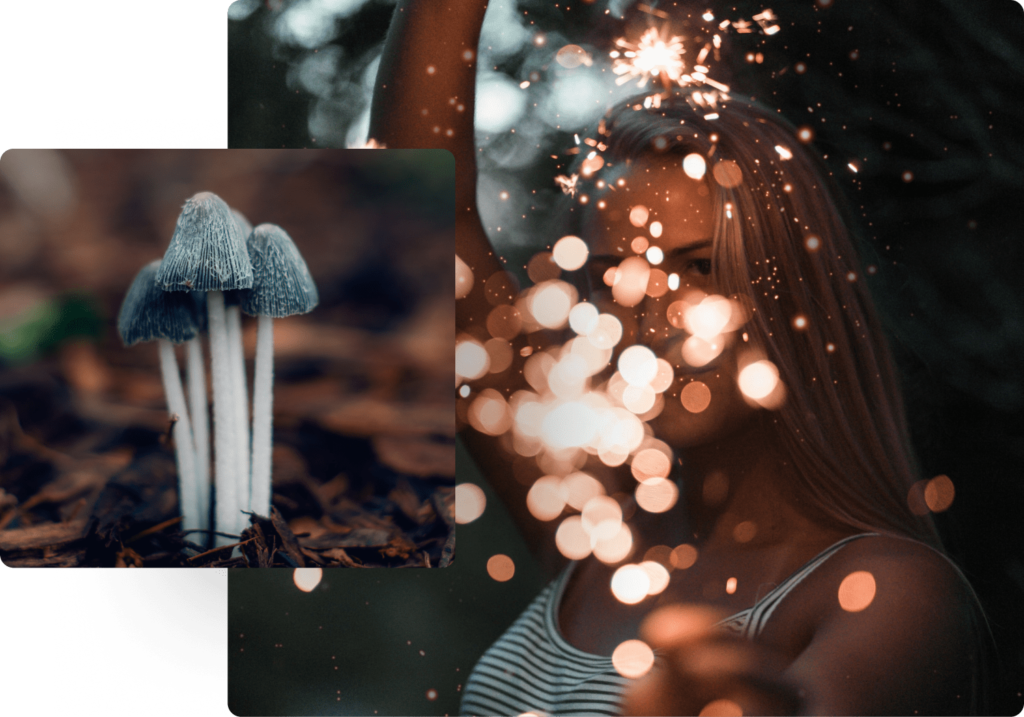
Although an ideal dose is still being debated, Psilocybin for therapeutic purposes has generally been studied at doses around 20 – 30mg. More is not always better, and Johns Hopkins reported their findings that at maximal therapeutic dosing, or 30mg, participants reported higher highs and more intense lows of experience. At this dose, 78 percent of volunteers reported their experience to be one of the top five most spiritually significant happenings of their lives, but for patients suffering from anxiety, the high dose prompted episodes of stress and fear with six-fold greater frequency.11 The potential for negative emotions such as fear and anxiety are why a trusted psychedelic guide becomes very important, as discussed later.
A person’s body mass appears to have no effect on their psychedelic experience, meaning that after taking a standard, fixed dose, people with higher body mass did not have a diluted effect, and people with smaller body mass did not report a more potent effect. Therefore, weight based dosing of Psilocybin is thought to be unnecessary.12
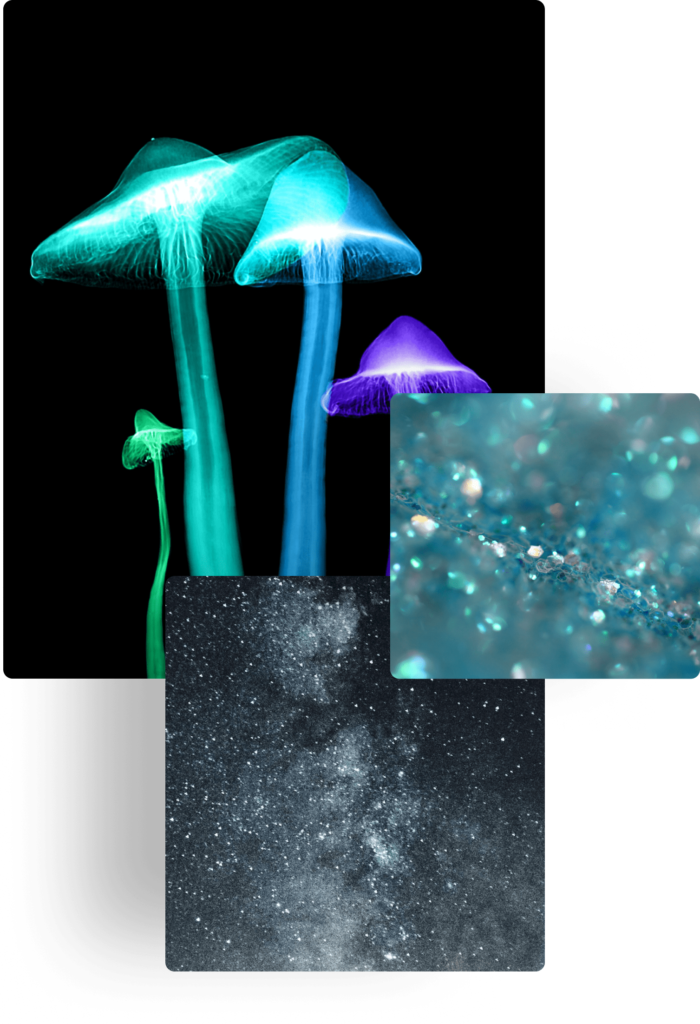
The therapeutic effects of Psilocybin have been studied extensively. Positive effects and outcomes may include:
- Freedom from the limitations of the personal self
- Pure awareness beyond the sensory world
- Fusion of the personal self into the larger whole
- Oneness with the universe
- Insight into relationships and behavior patterns
- Liberation from guilt and judgment
- The sense of being “outside of time” in either past or future
- An encounter with the profound, sacred, and holy
Although achieving a therapeutic dosage amount of the drug is the most important predictor of how an individual will respond to Psilocybin, other set and setting variables are also important. Research shows that individuals entering into their psychedelic experience in an active, open state of mind, and with few psychological problems in the weeks shortly prior to ingestion reported the most positive experience. Conversely, participants reporting an excitable emotional state or a stressful environment reported the most anxious and unpleasant reactions to Psilocybin.13
We encourages professionally guided Psilocybin use in a comfortable and thoughtfully designed setting. With a thoughtful approach, and in ready participations, the results can be life-changing.

Health &
Research
Research around Psilocybin has produced excitement and interest for many decades.
Psilocybin users report many positive health outcomes including:
- Enhanced sense of wellbeing
- Feelings of joy and expansiveness
- Feelings of peace and tranquility
- Greater insight into their health and life
- Deeper connection in relationships
- Decreased fear of death and mortality
- The availability to overcome maladaptive thought patterns
“One of the gifts of the psychedelic experience is to feel the vast universe and appreciate the ineffable complexity and beauty of nature.…I’m less afraid of dying and more grateful for living.”
One psilocybin study participant reported
The first iteration of research came shortly after Paul Wasson exported psilocybin mushrooms from Mexico to the United States. Harvard Psychologist Timothy Leary first tried magic mushrooms in 1960. He called it “the deepest religious experience of my life.” At Harvard, Dr. Leary teamed up with fellow psychology professor Dr. Richard Alpert to launch the Harvard Psilocybin Project. Graduate students, writers, artists, academics, theologians, and practically anyone else Leary and Alpert could recruit, were given Psilocybin and encouraged to write up reports of their experiences.14
During this first wave of research, Timothy Leary went on to conduct psychedelic studies for numerous population groups including seminary students and prisoners. Dr. Leary, and the counterculture he represented, were seen as a threat to the status quo and looming American conflicts in Vietnam. In fact, US President Richard Nixon once called Dr. Leary “the most dangerous man in America.” 14 As a result of turbulent politics, Dr. Leary’s contract with Harvard was not renewed. In 1970, hallucinogenic mushrooms were classified by Congress as a Schedule 1 drug with no medical benefits, and for many decades, Psilocybin was scorned by the scientific community.
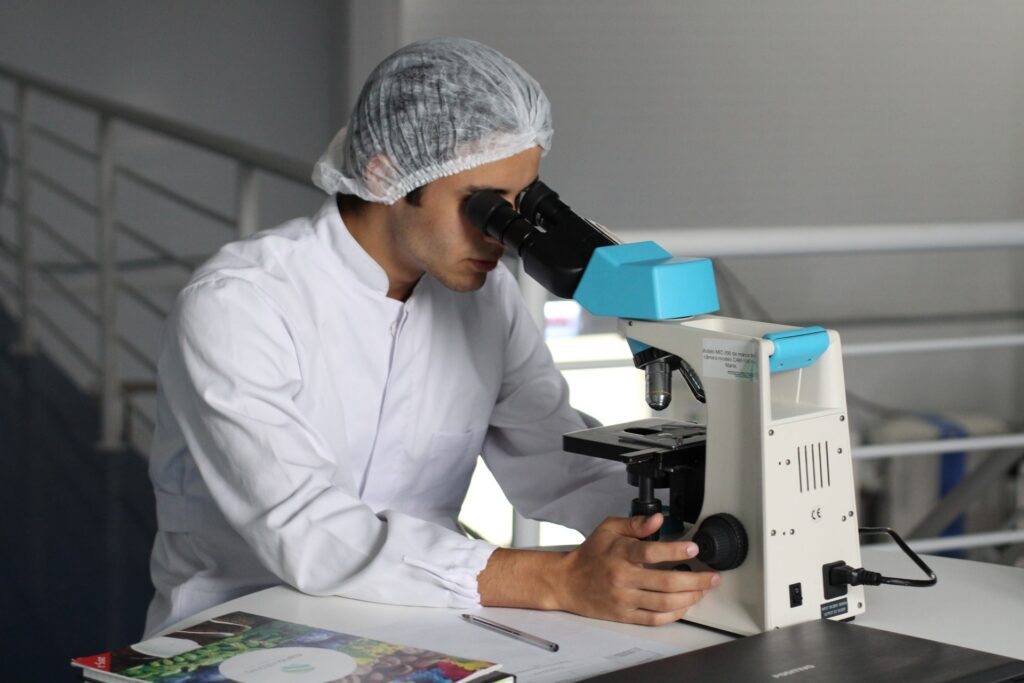
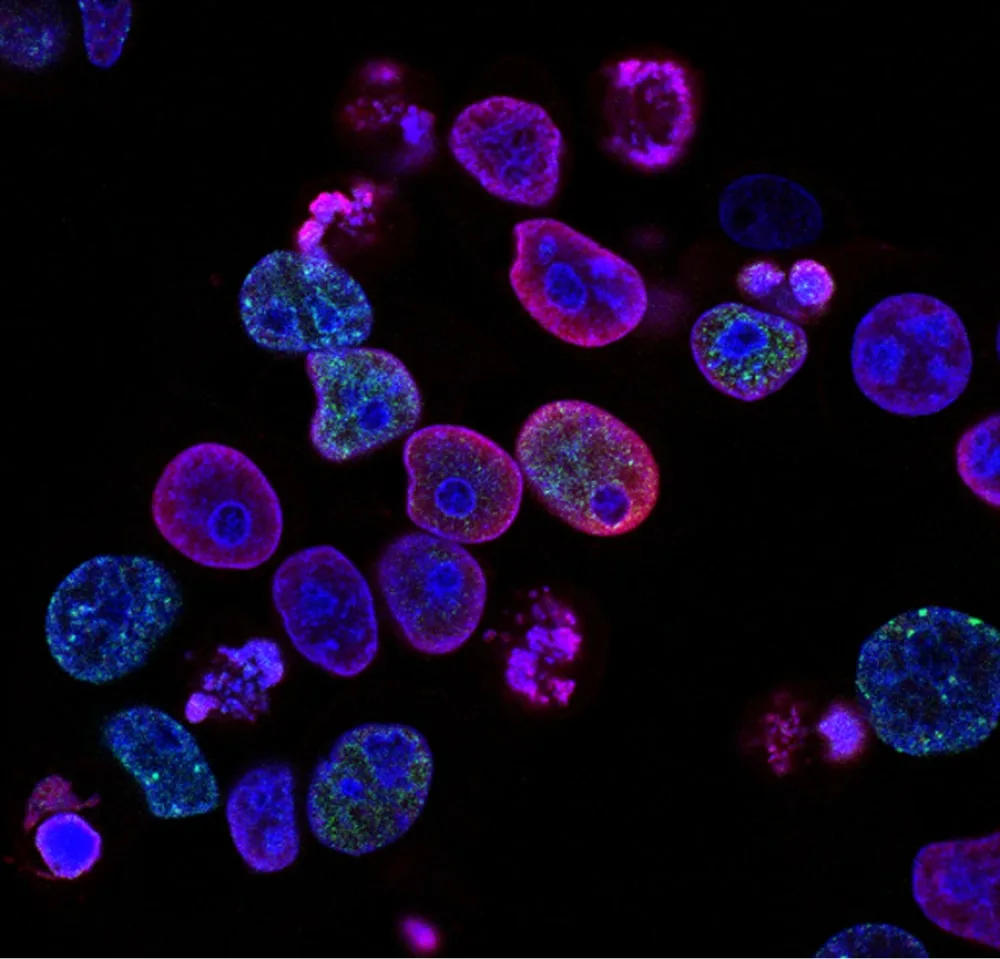
In recent years, however, psychedelic research has been revived. The research database PubMed shows that in the past 10 years alone, the body of research on Psilocybin has essentially doubled. In 2021, the United States Government funded its first Psilocybin research project in the past 50 years. The National Institutes of Health granted Johns Hopkins Medicine, the University of Alabama at Birmingham, and New York University, $4 million to investigate if Psilocybin can help with smoking cessation.15
Of additional note, Johns Hopkins Medical Center has established a multi-million dollar interdisciplinary Psychedelic Research Center. They have produced well-designed studies on the use of Psilocybin for addiction, grief, anxiety, and treatment-resistant depression. They have further studies underway with a focus on how psychedelics affect opioid addiction, Alzheimer’s disease, post traumatic stress disorder (PTSD), post-treatment Lyme disease, anorexia nervosa and alcohol substance abuse disorder.16
In other exciting research, some studies postulate that Psilocybin could act on telomeres to slow cellular aging.17 Telomeres act as the ‘end caps’ that protect chromosomes from damage, and are a robust predictor of mortality in multiple aging-related diseases.
Benefits &
Risks

Psilocybin is a low-risk drug with tremendous potential for benefits. Multiple clinical studies have demonstrated safety and effectiveness of Psilocybin in the treatment of addiction, depression, anxiety, obsessive compulsive disorder, PTSD, and grief. 18, 19, 20 This is believed to be associated with the drug’s ability to induce a state of higher awareness and expansive inner peace in the user. Many have postulated that Psilocybin can reliably produce a state of spiritual ecstasy.
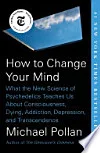
In his comprehensive book on Psychedelic Mushrooms, How to Change your Mind, author Michael Pollan writes:
“You go deep enough or far out enough in consciousness and you will bump into the sacred. It’s not something we generate; it’s something out there waiting to be discovered. And this reliably happens to nonbelievers as well as believers.”
Psilocybin should be treated with appropriate respect and caution. Risks of Psilocybin may include:
- Feeling relaxed or drowsy
- Fast heart rate with heightened sensory and emotional response
- Nervousness
- Hyperventilation and sleepiness
- Paranoia
- Panic
- Hallucinations
- Psychosis
Contraindications to ingesting Psilocybin include: 21
- Unstable emotional states
- Borderline Personality Disorder
- Psychotic mood disorders
- Bipolar Disorder
- Schizophrenia
Although Psilocybin is considered one of the safest mind-expansion drugs, it does have inherent risks. Those risks can be reduced by establishing trust and rapport between Psilocybin users and their guides, a safe physical session environment, and interpersonal support during and after the session.22
Therapeutic
uses
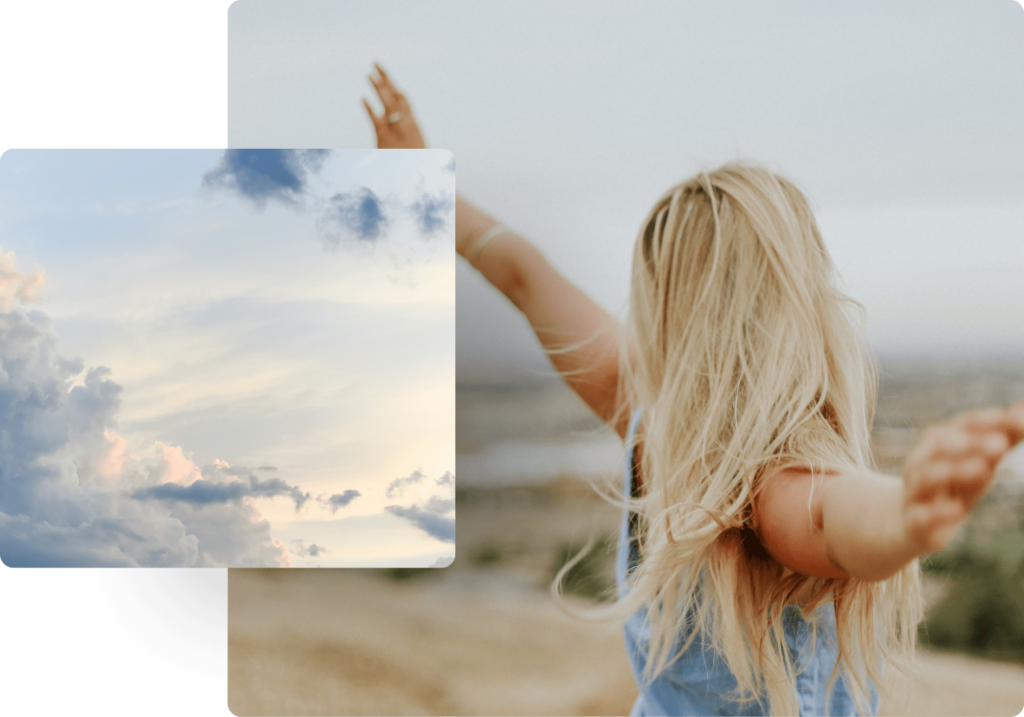
There are numerous exciting uses for Psilocybin. It’s quality as a therapeutic intervention is so undeniable that the Food and Drug Administration (FDA) has lauded Psilocybin as a “breakthrough therapy” for posttraumatic stress disorder (PTSD) and treatment-resistant depression.23
Its benefits have been validated in several extremely high quality randomized, double-blind, placebo-controlled studies for anxiety and depression.24 Even six months after a psilocybin experience, the benefits for reducing anxiety and depression continue to hold.
The occurrence of migraines was significantly reduced after Psilocybin compared to placebo.25
Moderate doses of psilocybin were found to be safe and effective in treating anxiety for advanced-stage cancer patients.26
Media & Books

Books:
- How to Change Your Mind: What the New Science of Psychedelics Teaches Us About Consciousness, Dying, Addiction, Depression, and Transcendence by Michael Pollan
- The Psychedelic Experience by Timothy Leary, Ralph Metzner, and Richard Alpert
- Food of the Gods by Terrene McKenna
- The Psychedelic Explorer’s Guide by James Fadiman, PhD
Legal Status
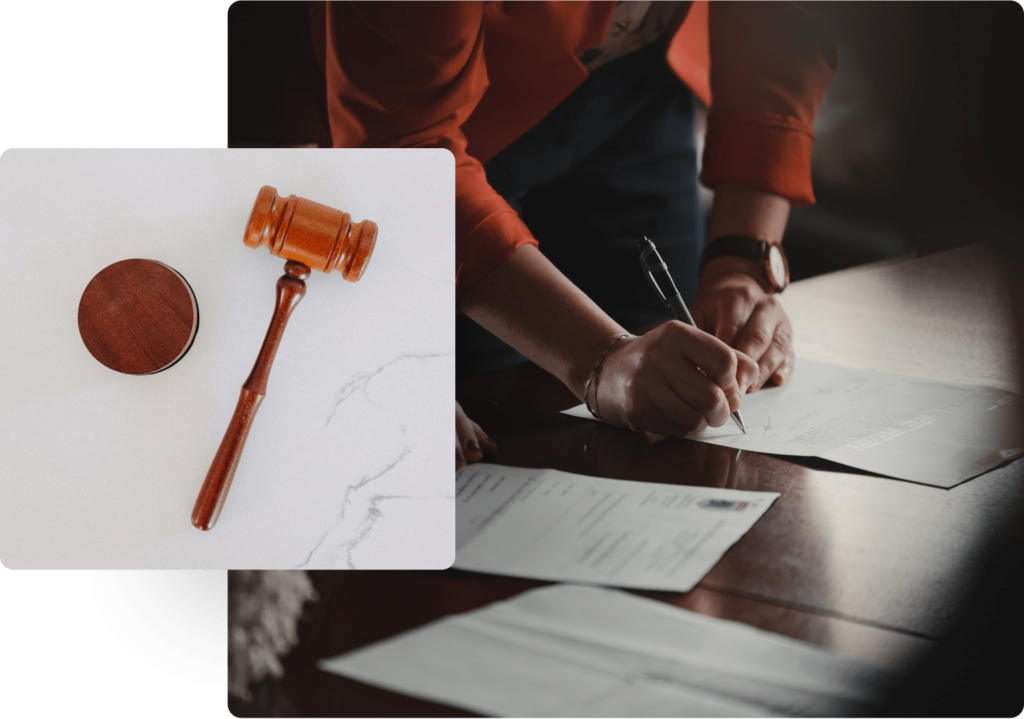
Under the watchful eye of President Nixon, Congress passed the Controlled Substances Act, listing Psilocybin as a Schedule 1 drug, the most heavily criminalized category for drugs considered to have a “high potential for abuse” and no currently accepted medical use. However, when it comes to psilocybin there is significant evidence to the contrary on both counts.28 The War on Drugs initiated by the Nixon administration still reverberates in our legal system today, though many citizens are demanding change.
From 2019 to the present, decriminalization of Psilocybin at the level of state and local government has since come to the forefront as voters reject the notion that Psilocybin is a dangerous or addictive drug. Many state and local governments have passed resolutions to decriminalize Psilocybin, or made it the “lowest priority” for criminal enforcement. This includes:
- Colorado
- Oregon
- Oakland, California
- Santa Cruz, California
- Ann Arbor, Michigan
- Washtenaw County, Michigan
- Somerville, Massachusetts
- Cambridge, Massachusetts
- Northampton, Massachusetts.
- The District of Columbia
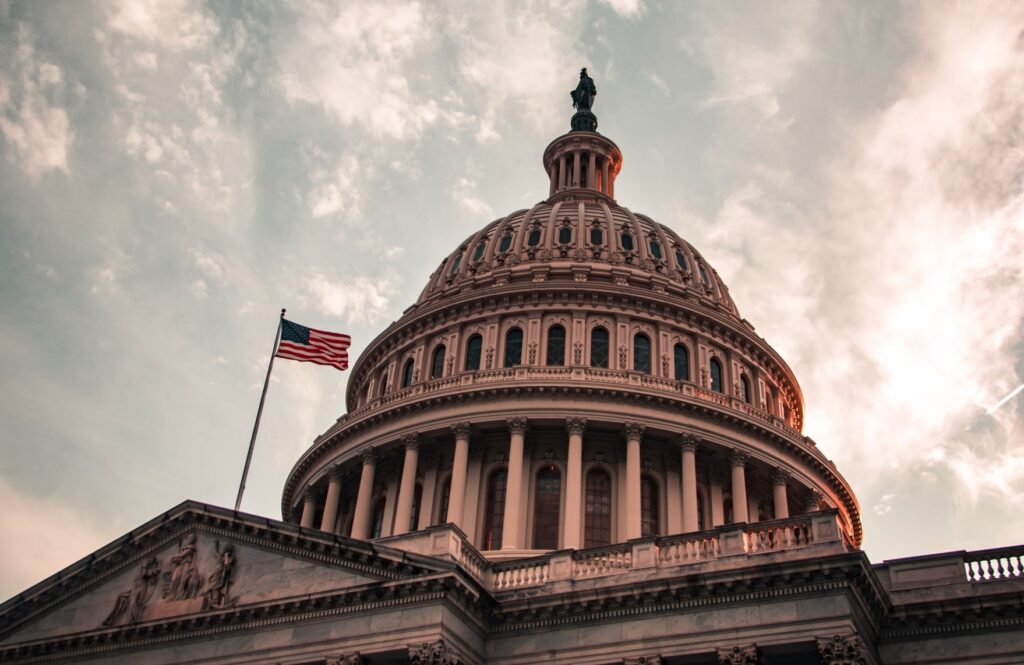
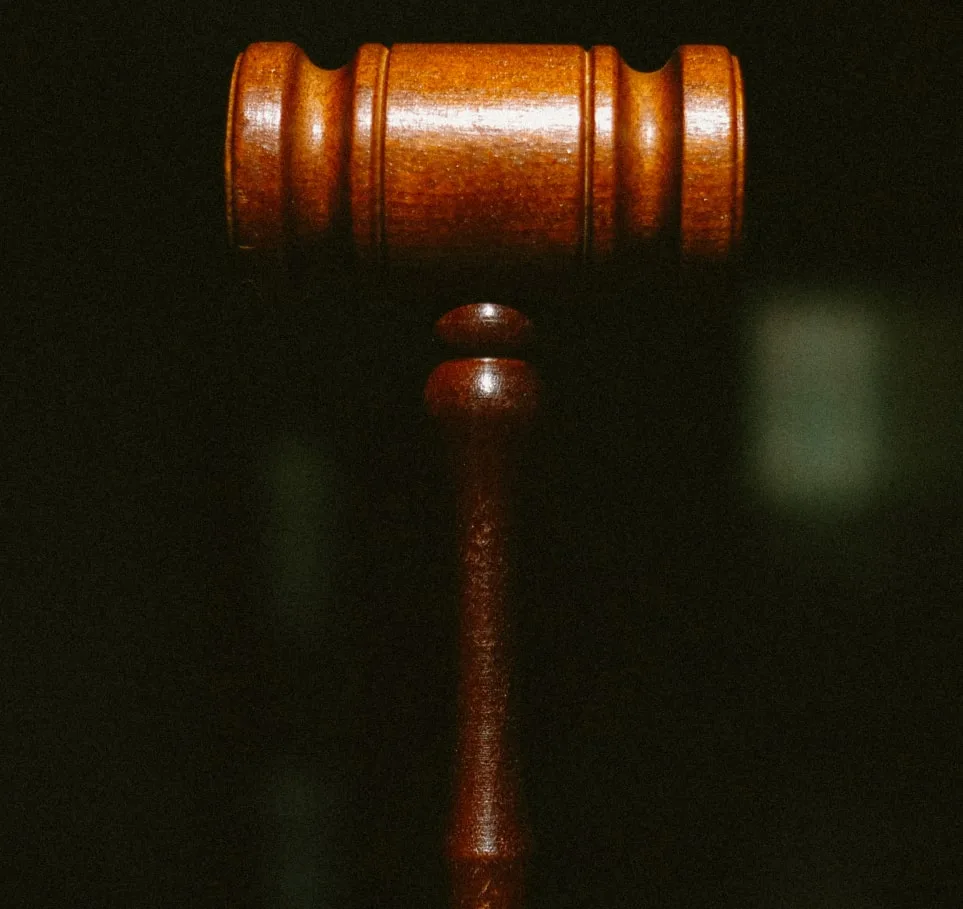
In 2020, Oregon became the first state in the U.S. to legalize psilocybin-assisted therapy.
Psilocybin is a benevolent drug that has been used for centuries by indigenous cultures. In recent decades, it has been studied broadly in rigorous clinical settings for a wide variety of addictions, states of disconnection, and mental health conditions. Mycologist and researcher Paul Stamets suggests that mushrooms are animated by their own consciousness, and that they are now reaching out to us to stimulate and inspire greater healing for humanity and stewardship of the Earth. For the curious and prepared, Psilocybin can be a life changing positive experience.
April 2023 UPDATE
In recent years, there has been an exciting amount of new research on psilocybin, so we wanted to share a summary of these discoveries!
Scientists believe that psilocybin promotes its antidepressant effects through agonism at the 5-HT2A serotonergic receptors, with downstream changes in gene expression. Psilocybin also has indirect effects on dopaminergic and glutamatergic systems, meaning that the naturally occurring mushroom targets neural circuitry and key brain regions involved in depression: the default mode network (DMN) and the amygdala.1
The default mode network is where we daydream; while we’re driving or walking, and seem to get lost in our thoughts, operating on autopilot. You talk to yourself there about the past, present, and future, which assists the mind in consolidating and labeling memories. In the setting of depression, the DMN gets trapped in a depressing loop, hijacking your ability to feel anything but depressed.2
Psilocybin, as well as some other hallucinogenics like ketamine, help to take the DMN offline for a bit, so you can process and reclassify memories. In the right set and setting, it can cure depression entirely.
Psilocybin is currently in phase 3 clinical trials, but is used as an adjunct to psychotherapy, which is a critical part of maximizing the therapeutic outcome.
Therapists use the ACT model (Acceptance and Commitment Therapy) to help people with what is called psychological flexibility. This is defined as, “the ability to stay in contact with the present moment regardless of unpleasant thoughts, feelings, and bodily sensations, while choosing one’s behaviors based on the situation and personal values.” 4
Larger doses showed the most beneficial improvement in depression and suicidal ideation (as opposed to micro-dosing), but did cause the greatest side effects of headache, nausea, and dizziness, which are already well known, common complications.4
Despite these risks, many researchers and clinicians believe that psilocybin has the potential to be an important tool in the treatment of mental health conditions. Ongoing research is exploring ways to minimize the risks of psilocybin use while maximizing its therapeutic benefits, and some clinics have already started offering psilocybin-assisted therapy as a treatment option for certain conditions.
However, it’s important to approach psilocybin use with caution, and to seek medical guidance if you’re considering using psilocybin for therapeutic purposes. People had the best results when accompanied by a guide or therapist.
Sources:
- Ling, S., Ceban, F., Lui, L.M.W. et al. Molecular Mechanisms of Psilocybin and Implications for the Treatment of Depression. CNS Drugs 36, 17–30 (2022). https://doi.org/10.1007/s40263-021-00877-y
- Kaefer, K., Stella, F., McNaughton, B.L. et al. Replay, the default mode network and the cascaded memory systems model. Nat Rev Neurosci 23, 628–640 (2022). https://doi.org/10.1038/s41583-022-00620-6.
- Hayes, C., Wahba, M., Watson, S. (2022). Will psilocybin lose its magic in the clinical setting? Ther Adv Psychopharmacol, 12, 1-9. https://doi.org/10.1177/2045125322109082.
- Goodwin G.M., et al. Single-Dose Psilocybin for a Treatment-Resistant Episode of Major Depression. N Engl J Med. 2022 Nov 3;387(18):1637-1648. doi: 10.1056/NEJMoa2206443. PMID: 36322843.
References
- Jesse, R. & Griffiths, R.R. (2014). Psilocybin research at Johns Hopkins: A 2014 report. In J.H. Ellens (Ed.),(Vol. 2), pp. 29–43. https://files.csp.org/Psilocybin/HopkinsPsilocybin2014.pdf
- Richard Evans Schultes (1940). Teonanacatl: The Narcotic Mushroom of the Aztecs American Anthropologist, 42(3), 429-443. https://www.jstor.org/stable/663232
- Velada (1974). María Sabina and Her Mazatec Mushroom.
- http://www.psychedelic-library.org/lifep2.htm
- Feinberg, Benjamin (2010). The Devil’s Book of Culture: History, Mushrooms, and Caves in Southern Mexico. ISBN9780292782068.
- https://drugpolicy.org/drug-facts/history-psychoactive-mushrooms
- Estrada, Álvaro (1996). Huautla en tiempo de hippies (in Spanish). Mexico: Grijalbo. ISBN970-05-0665-7. OCLC35986756.
- https://psychedelicinvest.com/how-many-different-types-of-psychedelic-mushrooms-are-there/
- Grob CS, Danforth AL, Chopra GS, et al. Pilot Study of Psilocybin Treatment for Anxiety in Patients With Advanced-Stage Cancer. Arch Gen Psychiatry. 2011;68(1):71–78. doi:10.1001/archgenpsychiatry.2010.116
- Passie, T., Seifert, J., Schneider, U., & Emrich, H. M. (2002). The pharmacology of psilocybin. Addiction biology, 7(4), 357–364. https://doi.org/10.1080/1355621021000005937
- https://newatlas.com/johns-hopkins-psilocybin-study-finds-optimum-beneficial-dosage/18981/
- Garcia-Romeu A, Barrett FS, Carbonaro TM, Johnson MW, Griffiths RR. (2021) Optimal dosing for psilocybin pharmacotherapy: Considering weight-adjusted and fixed dosing approaches. Journal of Psychopharmacology, 35(4):353-361. doi:10.1177/0269881121991822
- Studerus E, Gamma A, Kometer M, Vollenweider FX (2012) Prediction of Psilocybin Response in Healthy Volunteers. PLoS ONE 7(2): e30800. https://doi.org/10.1371/journal.pone.0030800
- Lattin, Don. 2019. Timothy Leary’s legacy and the rebirth of psychedelic research. Harvard Library Bulletin 28 (1), Spring 2017: 65-74.
- https://www.rollingstone.com/culture/culture-features/psychedelic-psilocybin-smoking-quit-study-federal-funding-1255524/
- https://hopkinspsychedelic.org/
- Germann C. B. (2020). The Psilocybin-Telomere Hypothesis: An empirically falsifiable prediction concerning the beneficial neuropsychopharmacological effects of psilocybin on genetic aging. Medical hypotheses, 134, 109406. https://doi.org/10.1016/j.mehy.2019.109406
- 18. Bird, C., Modlin, N. L., & Rucker, J. (2021). Psilocybin and MDMA for the treatment of trauma-related psychopathology. International review of psychiatry (Abingdon, England), 33(3), 229–249. https://doi.org/10.1080/09540261.2021.1919062
- Geiger, H. A., Wurst, M. G., & Daniels, R. N. (2018). DARK Classics in Chemical Neuroscience: Psilocybin. ACS chemical neuroscience, 9(10), 2438–2447. https://doi.org/10.1021/acschemneuro.8b00186
- Reiff, C. M., Richman, E. E., Nemeroff, C. B., Carpenter, L. L., Widge, A. S., Rodriguez, C. I., Kalin, N. H., McDonald, W. M., & Work Group on Biomarkers and Novel Treatments, a Division of the American Psychiatric Association Council of Research (2021). Psychedelics and Psychedelic-Assisted Psychotherapy. Focus (American Psychiatric Publishing), 19(1), 95–115. https://doi.org/10.1176/appi.focus.19104
- Johnson M, Richards W, Griffiths R. (2008).Human hallucinogen research: guidelines for safety. J Psychopharmacol. 22(6):603-20. doi: 10.1177/0269881108093587
- Carhart-Harris, R., Giribaldi, B., Watts, R., Baker-Jones, M., Murphy-Beiner, A., Murphy, R., Martell, J., Blemings, A., Erritzoe, D., & Nutt, D. J. (2021). Trial of Psilocybin versus Escitalopram for Depression. The New England journal of medicine, 384(15), 1402–1411. https://doi.org/10.1056/NEJMoa2032994
- 23.Catherine I. V. Bird, Nadav L. Modlin & James J. H. Rucker (2021) Psilocybin and MDMA for the treatment of trauma-related psychopathology, International Review of Psychiatry, 33:3, 229-249, DOI: 10.1080/09540261.2021.1919062
- Goldberg, S. B., Pace, B. T., Nicholas, C. R., Raison, C. L., & Hutson, P. R. (2020). The experimental effects of psilocybin on symptoms of anxiety and depression: A meta-analysis. Psychiatry research, 284, 112749.
- Schindler, E., Sewell, R. A., Gottschalk, C. H., Luddy, C., Flynn, L. T., Lindsey, H., Pittman, B. P., Cozzi, N. V., & D’Souza, D. C. (2021). Exploratory Controlled Study of the Migraine-Suppressing Effects of Psilocybin. Neurotherapeutics : the journal of the American Society for Experimental NeuroTherapeutics, 18(1), 534–543. https://doi.org/10.1007/s13311-020-00962-y
- Grob CS, Danforth AL, Chopra GS, et al. (2011) Pilot Study of Psilocybin Treatment for Anxiety in Patients With Advanced-Stage Cancer. Arch Gen Psychiatry. 68(1):71–78. doi:10.1001/archgenpsychiatry.2010.116
- https://drugpolicy.org/sites/default/files/Psilocybin_Mushrooms_Fact_Sheet.pdf
